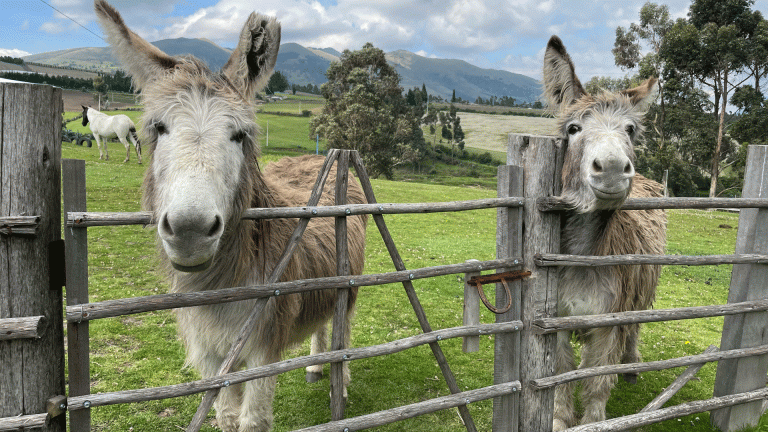Sometimes it’s good the boss goes away on holiday. Not just for the increased office chat in their absence, but for what happens when they return. About 10 years ago, the managing director in the publishing company where I worked came back tanned and relaxed from his trip to Cambodia, enthusing to his staff about the wonders of the ruins at Angkor.
Listening to him, I thought that it would be good to do a book about places like Angkor – these curious worlds that we’ve left behind – eerily quiet ghost towns, trains half-buried in the sand, forlorn movie palaces, roller coasters entangled in vines. They have history to them, but a sense of mystery, too. When we see photographs of these places, it makes us stop and wonder: what happened here?
Get the latest news and insight into how the Big Issue magazine is made by signing up for the Inside Big Issue newsletter
I put forward the idea and, about a year later and in slightly different form, we published Abandoned Places. From Cold War bunkers to radiation zones, whaling stations in the South Atlantic to ships perched high and dry in the desert of the Aral Sea, it explores through different photographers’ work, and my words, more than 100 lost worlds.
In surveying these ruins, the book explains the story of how each place came to be abandoned – whether through natural or chemical disaster, war, economic collapse or changing tastes and customs.
At Canfranc on the Spanish side of the Pyrenees stands an immense white elephant of a railway station. Opened in 1928, the grand Beaux-Arts building was constructed to meet demand for cross-border traffic. When I visited in 1991, though, underfunding and a collapsed bridge on the French side had long since brought any international traffic to an end. There the station sat, looking a little embarrassed in all its pomp but no purpose, as it slowly fell apart. A bizarre place, but rather sad.






